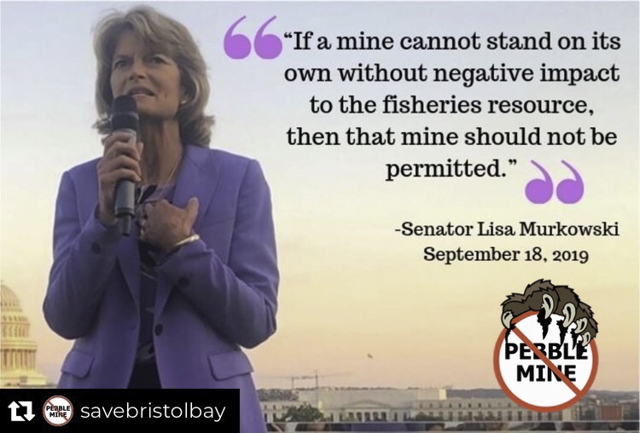
The fight against Pebble Mine is in the final round. This battle ensued before 2010 and was finally defeated by the EPA in 2014. This vote out was due to fears of a massive open pit gold and copper mine devastating the world’s most productive and well regulated salmon fisheries. A fishery that this year yielded a harvest of 43 million fish (over 1.5 billion dollars of revenue, and supporting 12,000 jobs in fishing and processing.) This past July the current EPA killed that veto and lifted protection for salmon and clean water. The Army Corps of Engineers released a draft Environmental Impact Statement (final expected to come out in early 2020) which has been ferociously criticized by a vast numbers of opponents, including the former EPA head Christine Todd Whitman.
Recently some fantastic news emerged through an appropriations bill from a subcommittee, which Alaska’s Senator Lisa Murkowski chairs. The bill states that the Army Corps of Engineers failed to properly assess risk to the fisheries.. This is fantastic news. The current administration was hoping to bully and steamroll the project through, with the support of the Alaska Governor, but their momentum just came to a screaming halt.
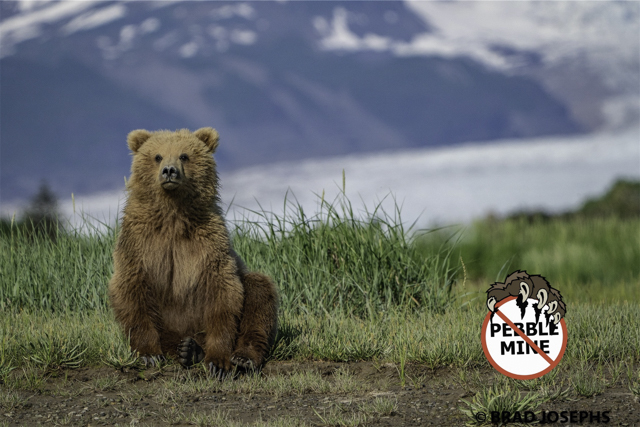
In a recent speech Murksowski said “We have read what the EPA has said, and their very strong criticism of inadequacy of statements that just didn’t hold up, of data that wasn’t sufficient. So I look at that and say if the data, if the science out there that has been raised by these agencies can’t demonstrate that you can have a successful mining project in an area that is as sensitive as the Bristol Bay watershed then a permit should not issue.” This is beautiful rhetoric- she wants to see good science that shows the mine will not negatively effect the salmon fisheries. But this does not, and will never exist.
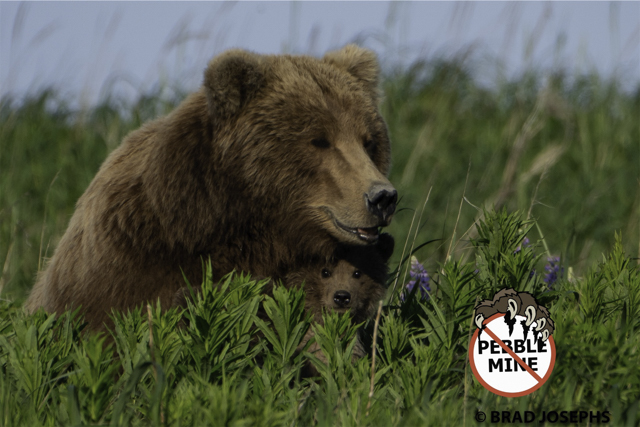
So it is clear that the Army Corps of Engineers was not motivated in gathering “good science” for their draft EIS, but instead were acting under directives of mine proponents and political agendas. In the science world we would call them “biostitutes,” or a A biological sciences worker who misrepresents research or commits fraud for the benefit of commercial interests or to make a personal profit. This is exactly what has happened, and the Army Corps should be investigated for this travesty.
Aside from the insufficient science on the potential damage to the invaluable salmon fishery, as Drew Hamilton, President of Friends Of McNeil River said at a public Kenai Peninsula meeting this spring said “What about the bears?” Thats right, there was ZERO meaningful mention of the mine’s impact on the bear population. According to a University of Alaska Fairbanks study, these bears brought in 34.5 million dollars of tourism income in 2017, and 317 NEW HIRES in that year alone! The mine will only employee 800 people once completed!!! Again, there was actually ZERO real science evaluating the impact to bears. Here is a full description of the industrial port they are proposing on the border of MCNeil bear Sanctuary.
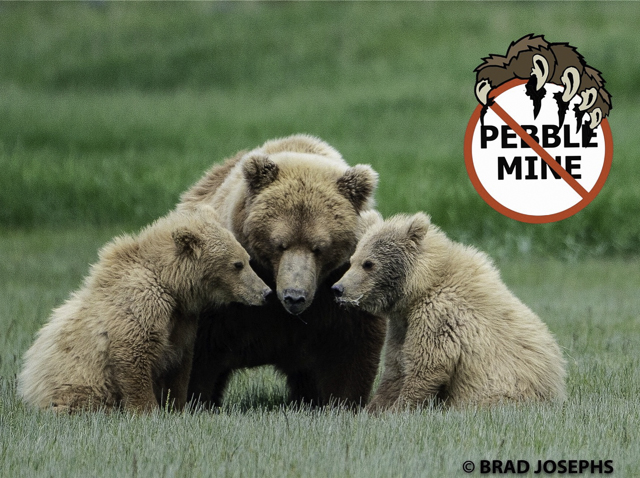
Luckily good science on bears and Pebble was provided by the International Association for Bear Research and Management. These are not Biostitutes, they are a professional organization of bear researchers and managers involved with the world’s 8 bear species. They have 500+ members from all continents with bears, publish the peer-reviewed journal Ursus and International Bear News, fund research and conservation projects, and hold scientific conferences worldwide (including twice in Alaska). Two components of their mission statement are to “Support sound stewardship of the world’s bears through scientifically-based population and habitat management” and, “Provide professional counsel and advice on issues of natural resource policy related to bear management and conservation.” Here is one paragraph of their 8 page report-
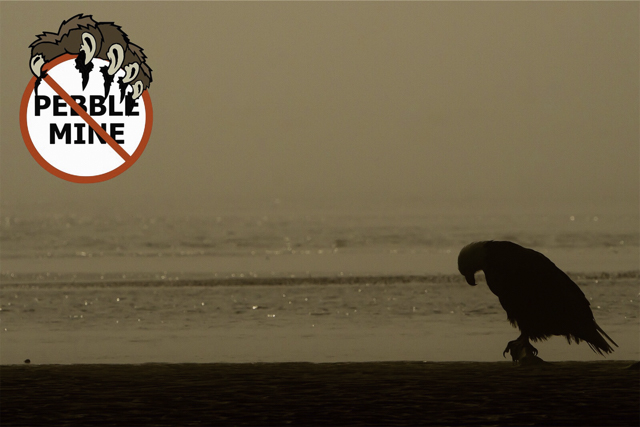
“Our specific comments focus on impacts to brown bears (Ursus arctos) given that the proposed mine, transport corridors, ferry terminals, and port occur in an area of international significance for this species. This significance is based on high brown bear density, ecological significance, relatively undisturbed habitat, and the presence of the best-known, high-density brown bear viewing areas in the world. The proposed mine would drastically disturb sites with a complex array of features including active and inactive pits, haul roads used by heavy machinery, processing plant(s), offices, and tailings ponds (Cristescu et al. 2016). The primary impacts of the project to brown bears will likely be through ecosystem effects, specifically 1) direct habitat loss and habitat and genetic fragmentation due to the size and scope of the mine development and associated infrastructure (e.g., Chruszcz et al. 2003, Mace 2004, Apps, et al. 2009, Proctor et al. 2012, Cristescu et al. 2016); 2) functional habitat loss due to bears avoiding the noise, lights, and people associated with mine activities (e.g., construction, operations) and infrastructure (roads, vehicles, ports, employee housing, etc.) (e.g., Wakkinen and Kasworm 1997, Cristescu et al. 2016); and 3) most importantly, impacts to regional salmon populations and subsequent impacts to salmon-dependent ecosystems and the high densities of bears supported by them (Hilderbrand et al. 1999, 2004, 2018). The DEIS coverage of these impacts is inadequate. Furthermore, the DEIS does not address the impacts of unplanned disasters such as spilling from a tailings pond or a major spill at transfer sites. These have the potential to have significant impacts on bears, salmon, and other wildlife.” Thats real science folks. Click here for the full report.
A report was also compiled by Lowell H. Suring, Principal Wildlife Ecologist Northern Ecologic L.L.C. Here are the final conclusion paragraphs of his in-depth report.
“Brown bears associated with McNeil River Falls, Katmai National Park and Preserve, and Lake Clark National Park and Preserve are a resource that has high ecological, economic, and social value in Alaska, the Nation, and throughout the world (e.g. Walker and Aumiller 1993). Any impact on this resource through implementation of a large-scale mining project would have significant ramifications. The data and analysis provided in the Affected Environment and the Environmental Consequences sections of the DEIS are not adequate to fully understand and evaluate the effects of potential management alternatives on brown bear habitat and populations in this area.
“Other major mine-development projects in Alaska (e.g., Greens Creek [Schoen and Beier 1990], Red Dog [Ballard et al. 1993]) and elsewhere (Johnson et al. 2005) were preceded by in-depth studies of the ecological relationships of brown bears in the project areas to provide information for conservation and management. Similar analyses on brown bears of habitat use patterns, denning ecology, movement patterns, and demographics (e.g., cub production, litter size, cub survival, adult survival, age of weaning, estimated age of first reproduction, inter birth interval, population size, sex and age ratios, annual natural mortality rate) should be completed prior to initiation of this Project. This will provide adequate base-line data to inform analyses of effects of the Project on brown bears which will, in turn, lead to development of a comprehensive mitigation strategy. The ADF&G concurred with this finding in their comments on the Preliminary DEIS (ADF&G Conservation Comment Number 19).
“Wildlife corridors and mitigation passages are critical to the conservation of brown bears, especially in ensuring that landscape use patterns of brown bears are maintained. Mitigation planning prior to project design will provide the means and opportunity to integrate ecological processes into the design and implementation of the Project. The ADF&G concurred with this finding in their comments on the Preliminary DEIS (ADF&G Conservation Comment Number 8). Also, upon initiation of the Project, a rigorous monitoring plan also needs to be implemented to evaluate the accuracy of effects analyses and the effectiveness of the mitigation strategy to ensure the continued wellbeing and likely survival of these brown bears.” Click here for the full report.
So what can you do? Spread the word, talk it up and use social media as a weapon to show the world you oppose the mine. CLICK here for a link to using social media to fight pebble from Friends of McNeil River.
I also recently started a fundraiser for Friends of McNeil River, which is at the forefront of the pebble mine fight since Drew Hamilton became president. I asked him what the money will go to and he told me they will use it to pay for an National advertisement campaign. This will be for the run-up to the federal action to be taken in late October. If you are connected to Facebook, the fastest, easiest way to donate is through this link HERE or go to my Facebook profile and see my latest post. Otherwise, you can go directly through Friends of McNeil River page HERE.
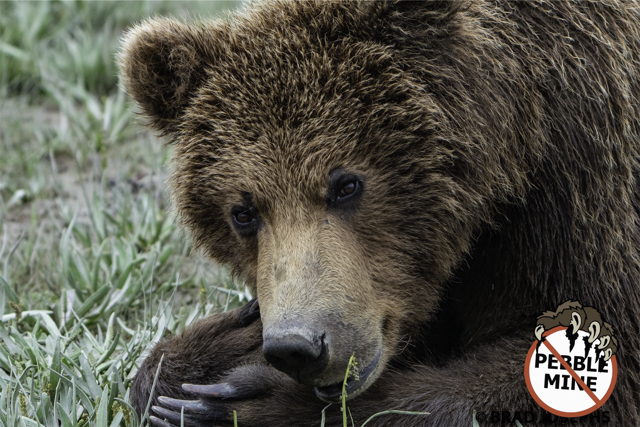
To summarize, we do have a lot of powerful people in Washington DC who agree that we need real science to decide the fate of this mine. Real science that has been provided states clearly that this project is a bad idea. But we must keep pounding, and keep fighting this very powerful and stubborn administration. So spread the word, use social media, and help fund the Friends of McNeil River. On the Alaska Peninsula, the real gold is not in the ground.
Keep Fighting!!!!
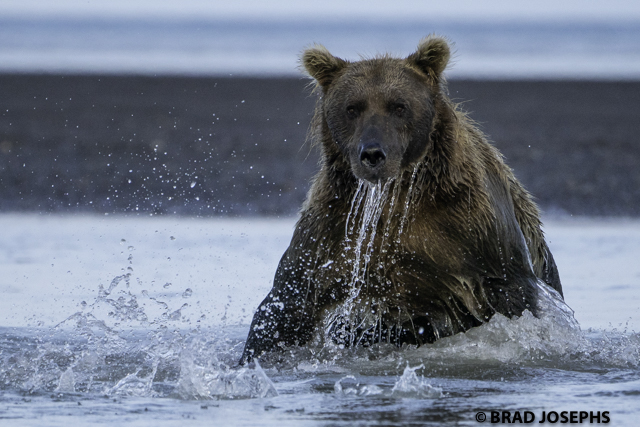
.

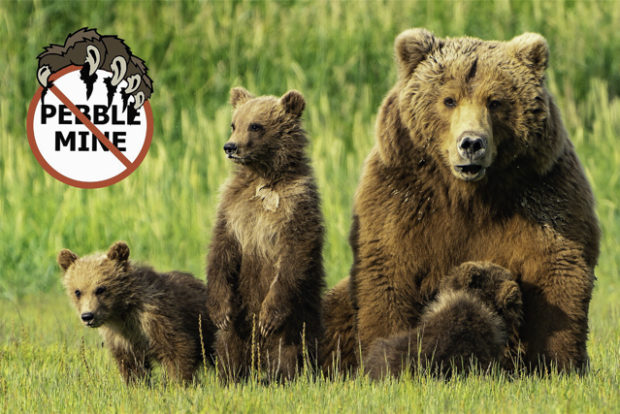

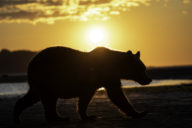
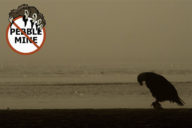
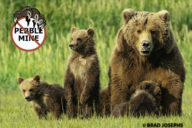
2 Comments
Can’t they get that bears are very intelligent animals who’s lives could be seriously ruined. They should put themselves in the bears shoes. Imagine going back up in the mountains to hibernate and then all of he sudden there’s just a big hole in the ground. “What the hell!”, would be my reaction… besides the sadness and fury I would feel towards whatever did this. What breaks my heart the most is that the bears, wolves, eagles and salmon have no idea they’re home could be on the verge of being destroyed. What a nasty surprise that would be. And these beautiful creatures are just out there to survive. Isn’t this world already tough enough for them? Why give them more stress? This is the bears home and Mother Nature never gave us the right to destroy it.
Thank you brad for fighting.
Great news and great write up. I’ll include links as well.